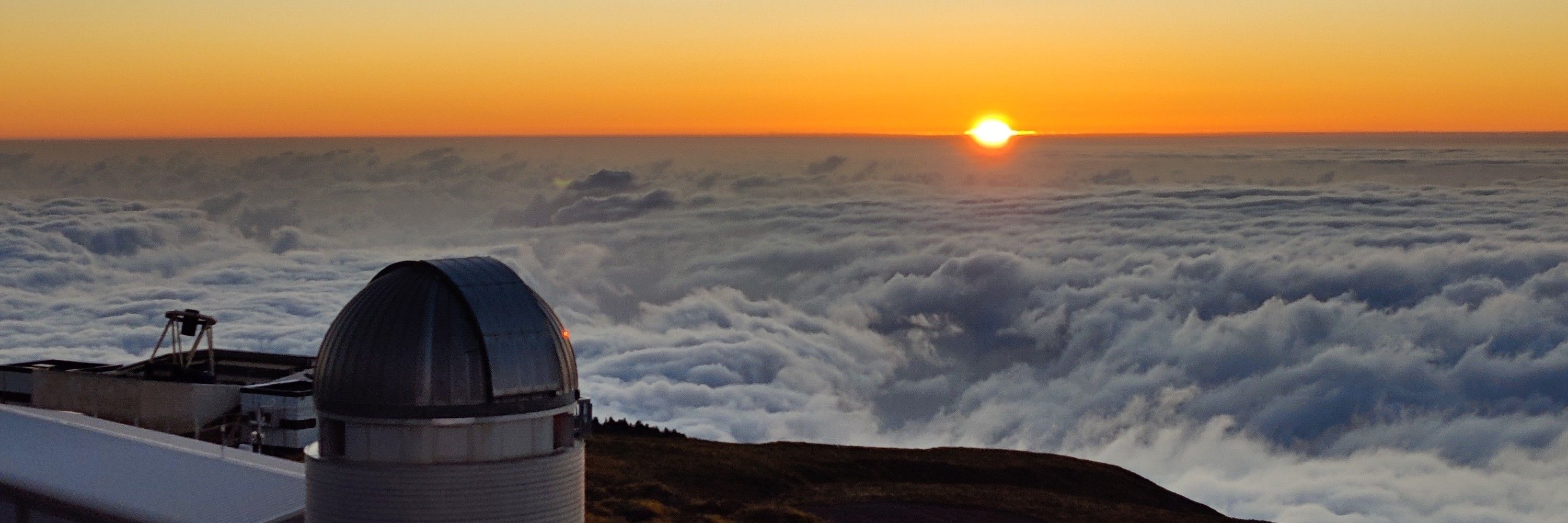
Akshara Viswanathan
@astroakshara.bsky.social
230 followers
35 following
12 posts
PhD researcher in Kapteyn Institute, Groningen, NL|
Observational astronomer investigating baby Milky Way's shenanigan |🇮🇳🇨🇦🇬🇧🇳🇱|
she/her | தமிழச்சி
Posts
Media
Videos
Starter Packs
Reposted by Akshara Viswanathan

















